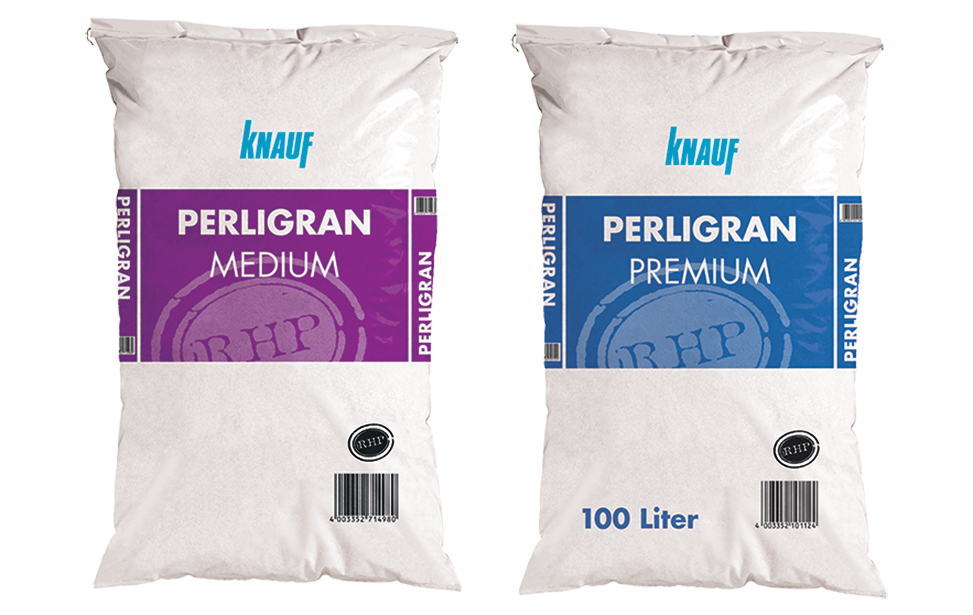Understanding the Polyhouse concept
Polyhouse farming is essentially based on the concept of greenhouse farming. Instead of glass, polyethylene is used, which significantly reduces investment costs while maintaining the essence of greenhouse farming. This method has taken the agricultural sector by storm across the world, helping farmers to easily grow multiple types of crops on one piece of land. Through polydomic farming, farmers can make significant profits without investing a lot of time and effort.
Maximize profit with minimal investment
Polyhouse farming, also known as greenhouses, requires comprehensive ventilation systems. This installation significantly reduces maintenance and setup costs. Unlike traditional methods, polyhouse farming does not require expensive temperature control equipment; instead, ventilation effectively manages temperature fluctuations. Successfully growing crops under controlled conditions can lead to significant profitability.
Calculating the cost of polyhouse farming
Compared to high-tech greenhouses, the construction of polyhouses requires lower costs. However, this still requires significant investment. The cost can vary from 1000 to 1200 rupees per square meter. Despite the expense, this design proves invaluable for year-round growing of a variety of crops such as seedless cucumbers, watermelons, high-yielding tomatoes and colorful bell peppers. The frame of the polyhouse is made of iron or steel, and its walls are made of polyethylene sheets approximately 150 microns thick, which protect plants from harmful ultraviolet rays while maintaining optimal conditions for growth.
Polyhouse farming is a beacon of innovation in modern agriculture, offering farmers the opportunity to maximize yields with minimal investment. Using a controlled environment, farmers can grow a variety of crops throughout the year, providing a steady stream of income. Despite the initial costs, the long-term benefits of polyhouse farming make it a promising avenue for sustainable agriculture and economic growth.










